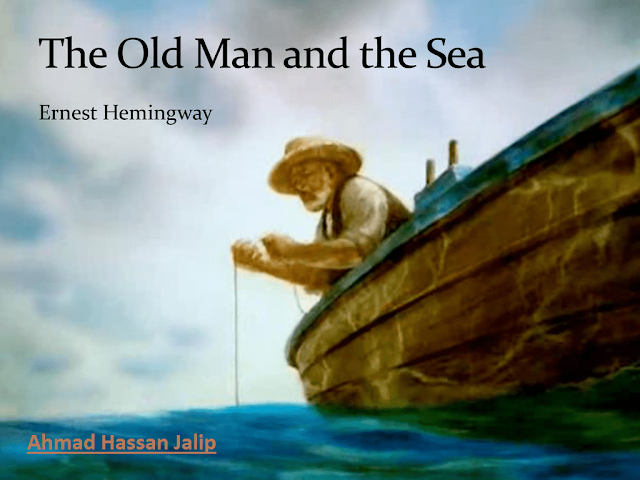The Old Man and the Sea by Ernest Hemingway: A Tale of Endurance, Resilience, and the Human Spirit
 |
| The Old Man and the Sea |
Ernest Hemingway's novella, "The Old Man and the Sea," published in 1952, is a timeless and profound work that explores themes of human determination, the struggle against nature, and the enduring spirit of man. Set against the backdrop of the Gulf Stream waters off the coast of Cuba, this slim yet powerful narrative showcases Hemingway's signature concise prose and deep insight into the human condition.
1. Hemingway's Background
To appreciate "The Old Man and the Sea" fully, it's important to understand Hemingway's background. He was a journalist and war correspondent who drew from his own experiences to craft stories marked by economy of words, emotional depth, and a focus on themes of courage and masculinity.
2. Plot and Characters
The novella tells the story of Santiago, an aging Cuban fisherman, who has gone 84 days without catching a fish. He sets out on a final, fateful journey determined to prove himself once more. After a grueling battle at sea, Santiago hooks a massive marlin. His struggle to reel in the fish and his battle with sharks that threaten to devour his prize form the heart of the narrative.
3. Themes
The Old Man and the Sea" explores numerous enduring themes. It delves into the resilience of the human spirit, the relationship between man and nature, the pursuit of personal excellence, and the inevitable triumph of the human will over adversity. Santiago's quest to prove his worth as a fisherman becomes a universal story of human ambition and determination.
4. Style and Writing
Hemingway's writing style is characterized by its spare and economical use of language. He conveys profound emotions and deep existential themes through simple and direct prose. This approach invites readers to engage actively with the text, allowing them to infer and interpret deeper layers of meaning.
5. Symbolism
Hemingway employs rich symbolism throughout the novella. The marlin represents Santiago's struggle for personal validation and success, while the sharks symbolize the destructive forces of nature and the inevitability of death. The sea itself serves as both a backdrop and a formidable antagonist in the story.
6. Recognition and Impact
The Old Man and the Sea" was met with immediate critical acclaim and commercial success. It earned Hemingway the Pulitzer Prize for Fiction in 1953 and played a crucial role in his being awarded the Nobel Prize in Literature in 1954. The novella's impact on literature and culture is immeasurable, and it remains a staple in high school and college curricula worldwide.
7. Legacy
Beyond its literary significance, "The Old Man and the Sea" has inspired countless adaptations, including a 1958 film starring Spencer Tracy and multiple stage productions. It continues to be celebrated for its timeless message of human resilience and the enduring power of the human spirit.
In conclusion, "The Old Man and the Sea" is a poignant and enduring work of literature that showcases Hemingway's mastery of storytelling and his exploration of universal themes. Santiago's epic battle with the marlin and the sharks transcends its fishing narrative to become a profound meditation on the human condition, making it a classic that continues to captivate and inspire readers around the world.





0 Comments